Medical Acupuncture vs. Intramuscular Stimulation (IMS)
Acupuncture (AP) vs Intramuscular Stimulation (IMS); what’s the difference? This is a question we are frequently asked by patients! Although both are effective treatment methods, commonly used in physical therapy practice, and both use an acupuncture needle, many differences exist between the two approaches. These include, but are not limited to: rationale for use, needle site placement and treatment time.
Anatomical or medical acupuncture stems from the Chinese belief that the body is divided into multiple energy channels or meridians. Hundreds of AP points are located along, or in relation to these meridians. Points found on the same meridian are believed to influence specific organs or organ systems within the body. With very few exceptions, AP points have also been shown to align with specific neural structures under the skin. Multiple substances are released, throughout the body when these nerve structures are stimulated. Such substances include: endorphins, enkephalins, serotonin, norepinephrine and adrenocorticotropic hormone (ACTH), to name a few. Increasing the presence of these naturally occurring chemicals within the body, improves the body’s ability to regulate pain, regenerate, and lessen inflammation.
Acupuncture points have specific anatomical locations that are consistent between individuals. Treatment point selection depends on the presenting problem / problem area (i.e.: shoulder vs knee) and the identified treatment goals (i.e.: decreased pain, improved mobility, etc.). Chosen points may be in the vicinity of the problem area or quite removed from it. In a medical AP treatment, points are generally left in for an extended period of time to allow for prolonged stimulation. Time frames vary but tend to average between 10 to 20 minutes.
Intramuscular Stimulation is a treatment method which involves inserting AP needles into trigger points within muscle tissue. Trigger points are specific, hypersensitive, partially contracted areas located within tight muscle bands. They can cause: pain (local and referred) as well as stiffness, weakness and limited mobility in the muscles they affect. Trigger points also have the ability to entrap nerves and constrict both blood and lymphatic vessels. It is because of their ability to influence so many structures that they can have such varied and far reaching effects.
The goal of IMS is to release painful trigger points through needling. Unlike AP points, trigger points do not have a consistent location. They are found by assessment of symptomatic muscles. It is felt IMS helps to release muscle tension and restore length to the muscle by altering the sensory nerve endings within the trigger points. Needle placement would be specific to the trigger point location in the involved muscle(s). Spinal muscles from which nerve supply to the involved muscle originates, may also be needled. Although needles may be left in during an IMS treatment, muscle release generally occurs while the needle is being threaded through the muscle negating the need to leave the needle in place beyond this.
The above needling techniques can also be used in combination but it is often more desirable to try them separately, in the beginning, to better assess your response to each.
Still not sure which needling approach is right for you? Not to worry. Following a verbal and hands on assessment, your therapist can advise you as to which form of needling is likely to prove most beneficial.
Please feel free to contact the clinic with any questions you may have or book with Kerri today!
Written by Kerri Graham BScPT, CAFCI, Dry Needling Certified



